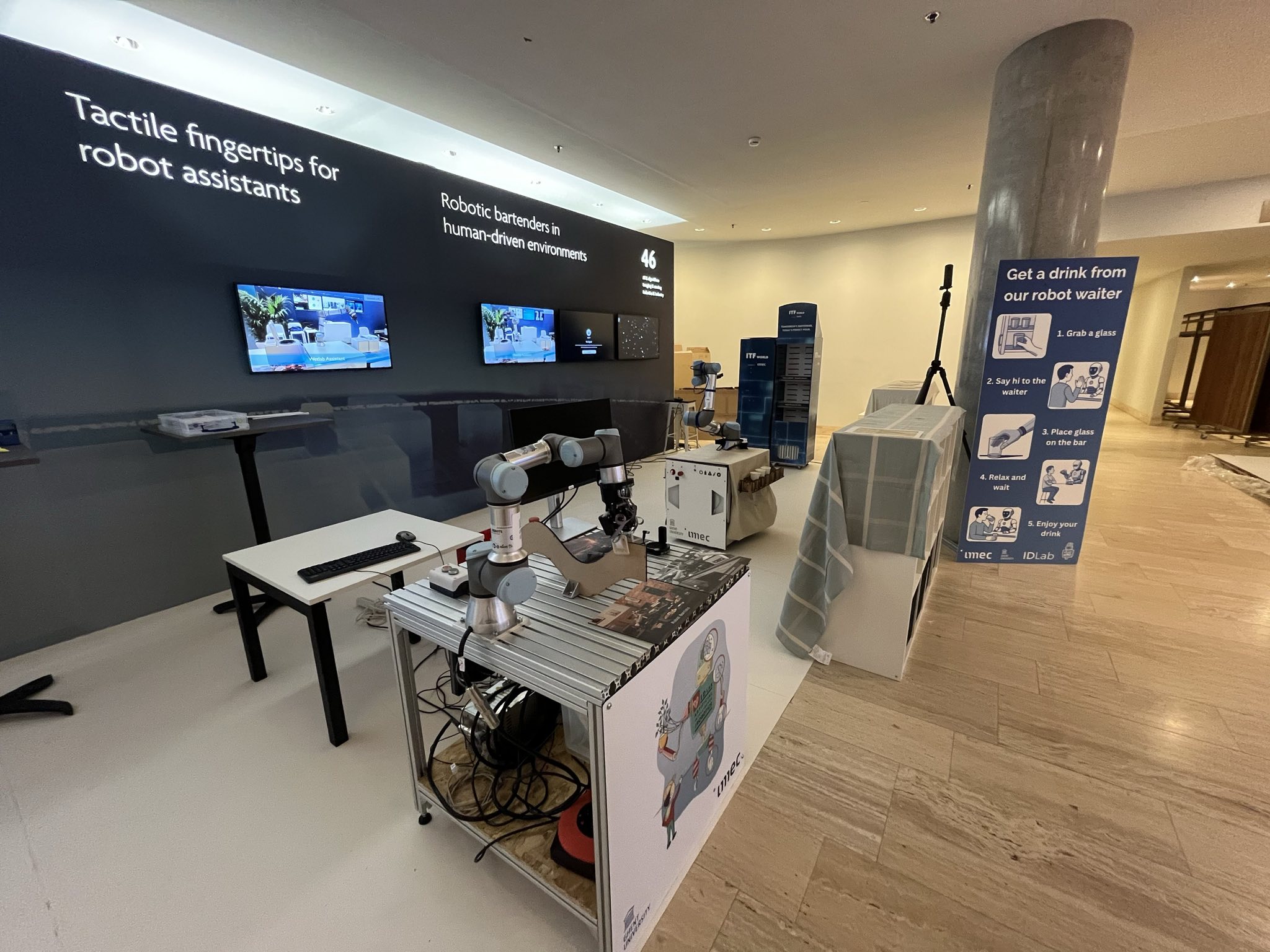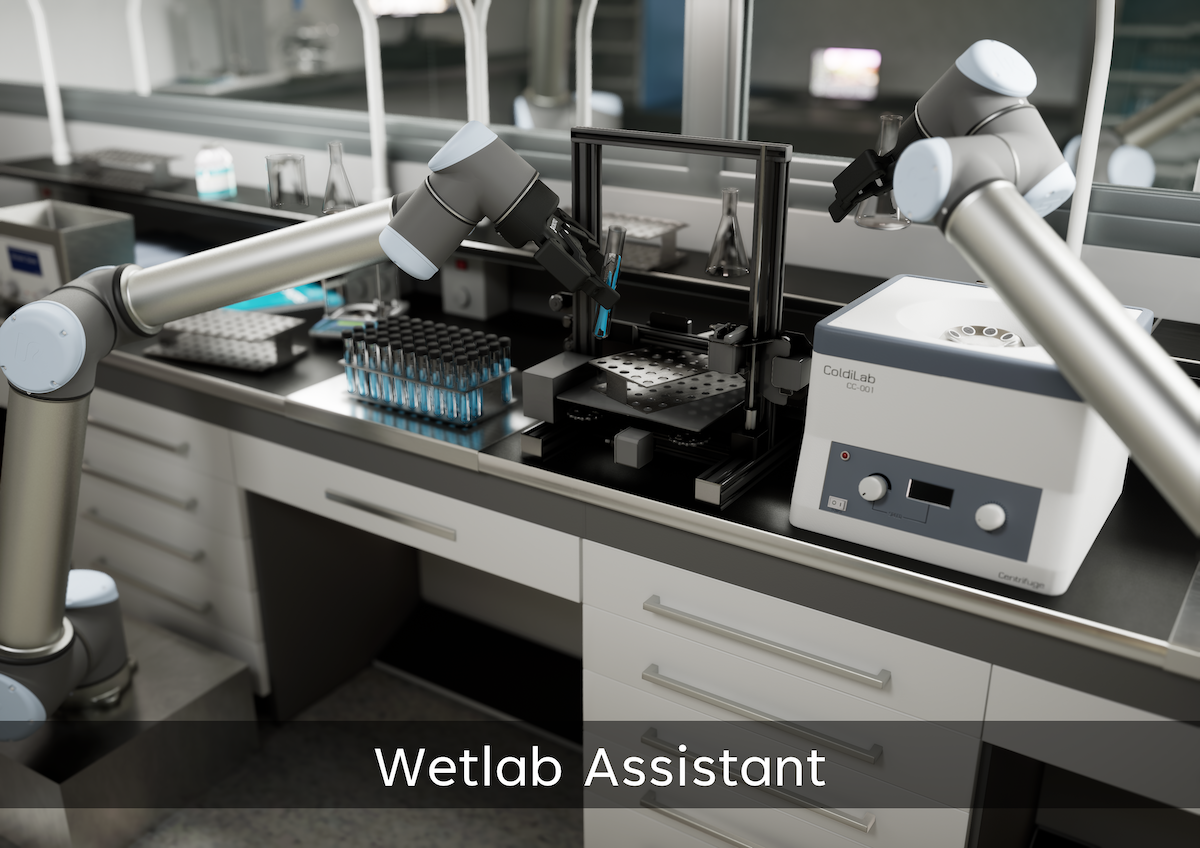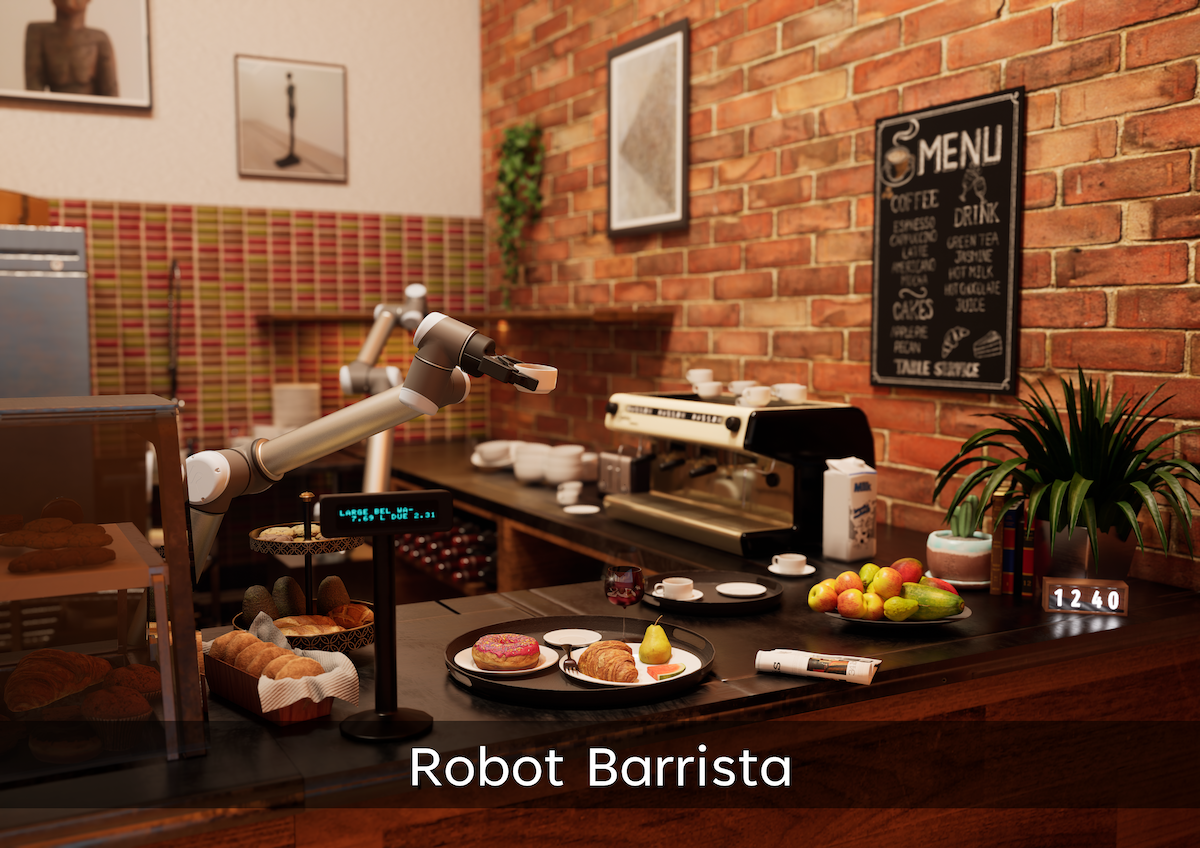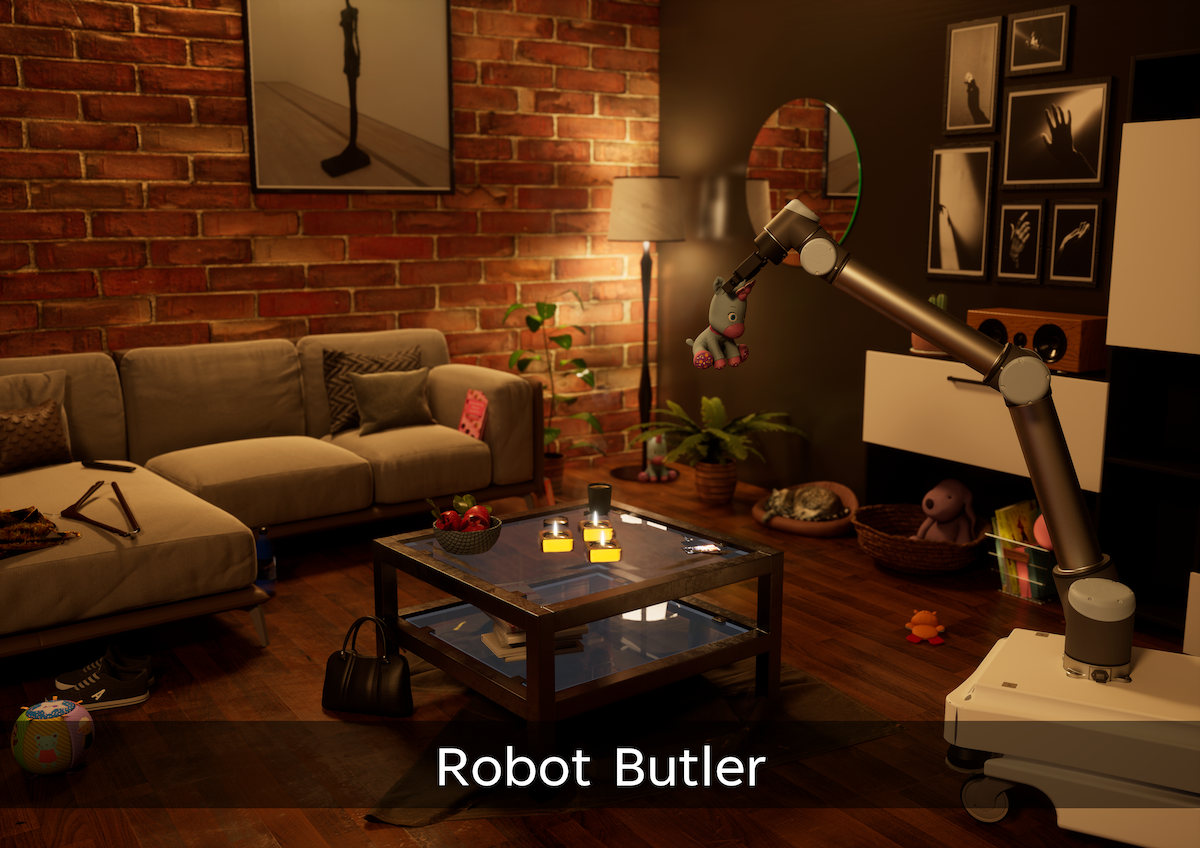Robotic bartenders in human-driven environments
The imec ITF World event is a conference that brings more than 2000 technology experts together. This year, we are present with not one but two booths. We show our intelligent tactile fingertips, which use infrared technology to trace objects with complex shapes. Our robot butler, previously featured by Flanders News (VRT NWS), will serve drinks to attendees. It will do this fully autonomously, from grabbing bottles from the fridge, to detecting glasses and estimating their volume, pouring drinks, and discarding empty bottles. If you are a visitor at ITF World, do come and grab a drink!

What we offer
We prove the applicability and feasibility of collaborative robots in your business. We help companies with tailored, collaborative robot setups in which we automate tasks with hard-to-handle objects in dynamic environments. We bring our experience and knowledge of our own research and the state of the art to the industry. We do this by providing explorative studies and developing proof-of-concept collaborative robot setups that come with customer-specific software and documentation in the context of your business.



In automation, specific machines are built to automate a very specific task within narrowly defined boundaries. With the collaborative robots of our demonstrations, we can move those boundaries and broaden the scope. We focus on collaborative robot solutions for businesses that perform (1) heterogeneous tasks with (2) heterogeneous objects in (3) heterogeneous environments by learning task execution. This form of learned manipulation allows businesses to save costs and relieve employees from repetitious tasks and let them focus on value-added activities requiring a human operator.
Contact us now
- Andreas Verleysen, PhD, Senior Robotics Engineer (Andreas.Verleysen@imec.be)
- Francis wyffels, PhD, professor Robotics & AI (Francis.wyffels@UGent.be)
From cloth folding to your business
Dexterous robotic manipulation skills will increase global productivity by means of automating repetitive tasks. However, current robots require a predictable and controlled environment to perform tasks, which limits their ability to be used in dynamic environments with a wide range of objects and human activity. Deformable objects, such as cloth, present an additional challenge because they are hard to perceive and manipulate. Our research is centered on allowing robots to acquire human-like manipulation skills autonomously in a data-efficient manner. We focus on supplying rich training signals by exploiting prior knowledge embedded in human-task solving and system modeling. Our robotic applications focus on difficult to perceive and handle objects such as cloth, plastics, and reflective and transparent objects such as glasses.
Other demonstrations


